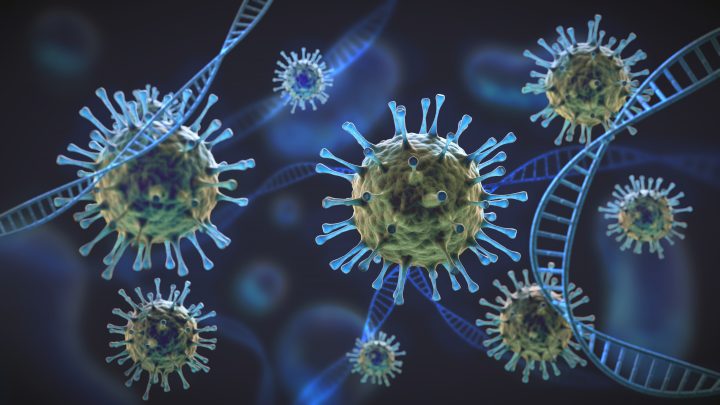Seven more people in Saskatchewan have died from COVID-19 and 559 more people have contracted the disease since Christmas Day, according to the provincial government.

Of those who passed away, two people were in their 70s in the north central zone and an octogenarian died in both Regina and the south east zone.
Three people died in the north west zone, the area around North Battleford and Lloydminster. Two people were in their 80s and one was in their 30s.
That brings the total number of people to pass away because of the novel coronavirus to 141.
The latest figures, which include the cases from Dec. 25, 26 and 27, raise the total number of infected people in the province to 14,814.
Of those cases, 3,398 are active and 11,275 people have recovered, according to information released on Sunday afternoon.
The press release states 229 people were diagnosed on Christmas, 132 on Boxing Day and 198 on Dec. 27.
All seven deaths were reported on Sunday.
The number of people in hospital rose each day.
- Michael Kovrig reflects on ‘brutally hard’ Chinese detention: ‘You’re totally alone’
- TD Bank moves to seize home of Russian-Canadian jailed for smuggling tech to Kremlin
- U.S. moves to ban Chinese software, hardware from all vehicles in America
- Conservatives set to table non-confidence motion Tuesday. What to expect
One-hundred-fifty-four people were in hospital on Christmas, with 125 patients being treated in acute care wards and the other 29 in intensive care units.
On Boxing Day that number rose by 20 to 174, with 19 more people in acute care and one more person in an ICU.

Get breaking National news
Eight more people were hospitalized on the 27th, with a dozen of them in acute care. The number of people in ICUs fell by four to 26.
Hospitalization figures jumped on Dec. 24, when the province began using national criteria to define why someone is hospitalized from COVID-19. Sunday’s statement repeated that the numbers are higher than before but do not represent more people in hospital – more people are being counted because the province changed who it includes in COVID calculations.
Overall the seven-day average has fallen since the government last published case numbers, on Dec. 24, from 203 down to 180.
Most of the new diagnoses are in Saskatoon. 127 are in the bridge city and the central north region, which includes Prince Albert, has the second most with 104.
The far north east zone has 44 new cases, the north west zone has 41, the far north west has 25, the north east region has 22, the central east region has 21, the south east zone has 11 and the central west and south west zones have two new cases each. The location of 87 cases are pending.
The release did not provide an update on the progress of vaccination pilot program.

Questions about COVID-19? Here are some things you need to know:
Symptoms can include fever, cough and difficulty breathing — very similar to a cold or flu. Some people can develop a more severe illness. People most at risk of this include older adults and people with severe chronic medical conditions like heart, lung or kidney disease. If you develop symptoms, contact public health authorities.
To prevent the virus from spreading, experts recommend frequent handwashing and coughing into your sleeve. They also recommend minimizing contact with others, staying home as much as possible and maintaining a distance of two metres from other people if you go out. In situations where you can’t keep a safe distance from others, public health officials recommend the use of a non-medical face mask or covering to prevent spreading the respiratory droplets that can carry the virus. In some provinces and municipalities across the country, masks or face coverings are now mandatory in indoor public spaces.








Comments